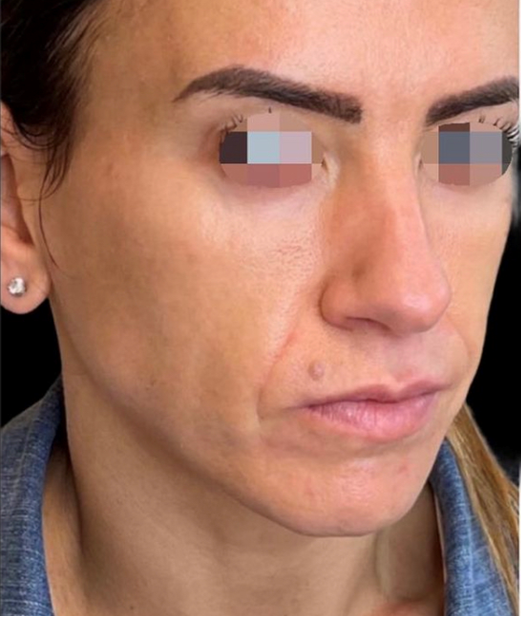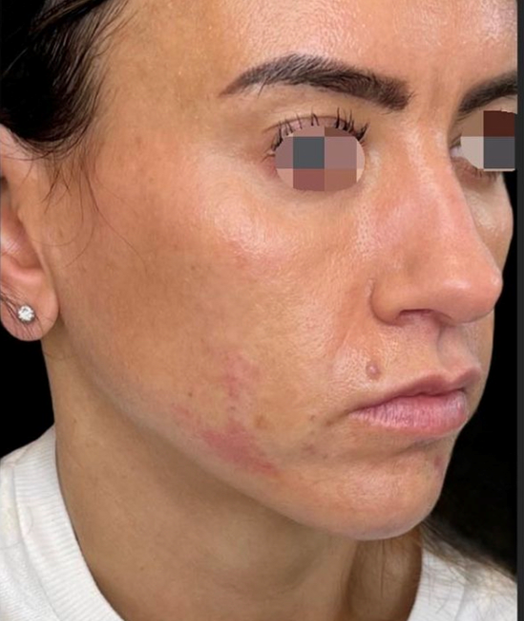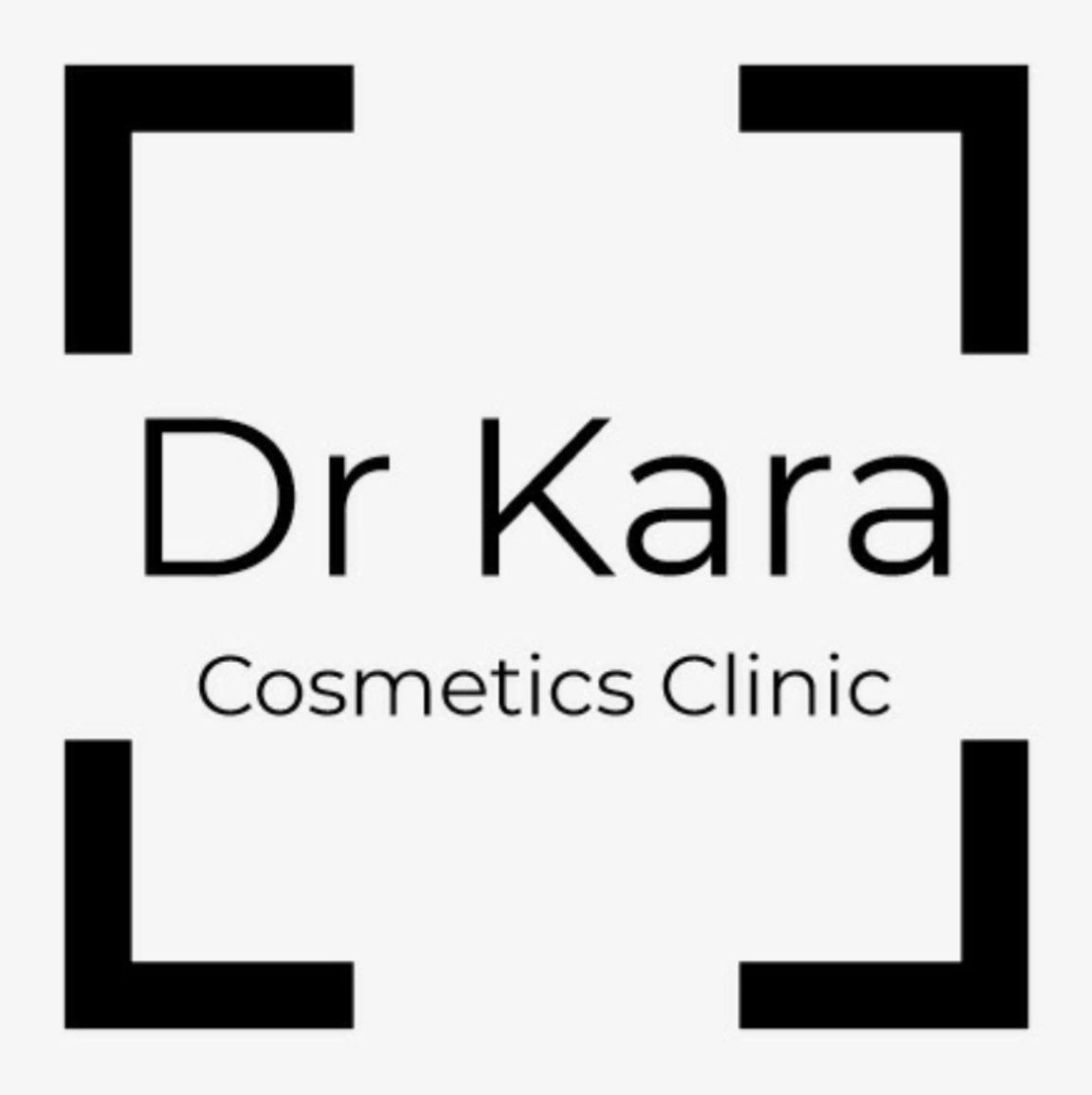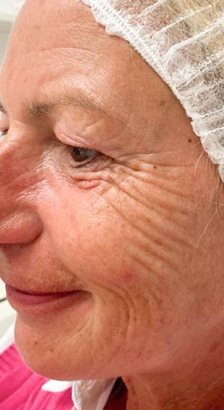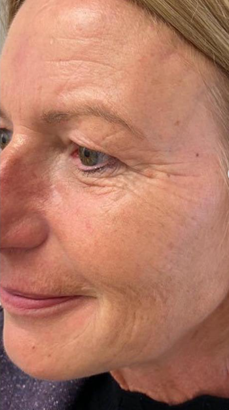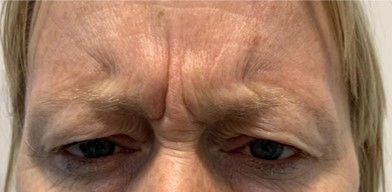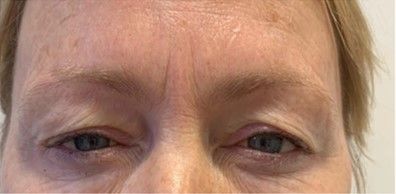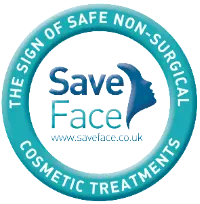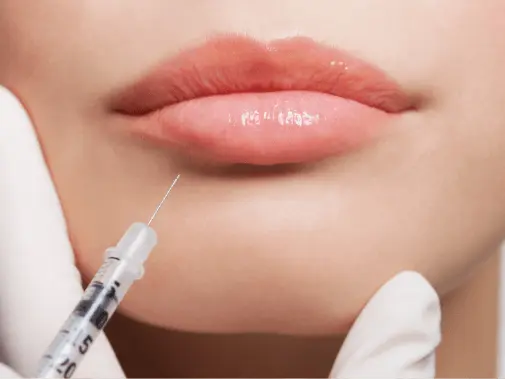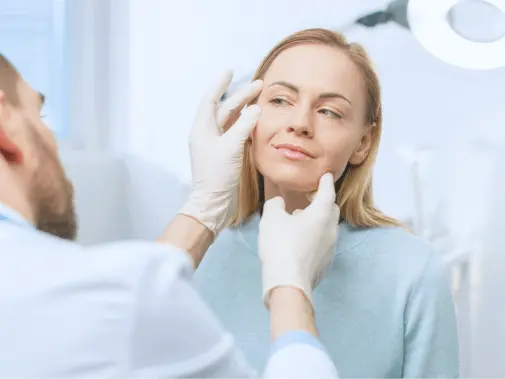There are seven popular treatment types for dermal fillers in the face and body. The following are the most common treatment types where dermal filler can be used:
Sculptra
Sculptra is often referred to colloquially as ‘the liquid facelift’, and its main purpose is to help replace lost collagen. Using poly-L-Lactic acid (PLA), a synthetic, biocompatible, and biodegradable material, skin can appear firmer and restored to a youthful lift.
Results are achieved over time with multiple sessions, and are visible for up to two years. This treatment is not suitable for treating superficial lines or wrinkles, or the lips.
Learn more about Sculptra.
Radiesse
Radiesse dermal filler is made up of calcium hydroxylapatite microspheres in a gel carrier or water and glycerine. It’s highly biocompatible, meaning it’s safe to use, as calcium hydroxylapatite is a naturally occurring substance in the body – it’s the main mineral in our bones and teeth.
In this treatment, Radiesse is injected, and the gel provides immediate correction. The hydoxylapatite acts as a scaffold, around which new collagen is stimulated to rejuvenate the face. Eventually, the microspheres degrade naturally and safely.
Radiesse dermal filler only requires one treatment, has minimal downtime, and creates results that last 9-12 months.
More information on Radiesse treatment.
Non-surgical Rhinoplasty
Also known as a nose-job, a non-surgical rhinoplasty uses hyaluronic acid dermal filler to reshape the nose. This procedure usually takes only 15-30 minutes, with immediate results.
The fillers will naturally be broken down by the body over time, but results last between 8-10 months. The longevity of your results will depend on the type of dermal filler used. Your practitioner will advise you on which is best for you during your consultation.
Is non-surgical rhinoplasty right for me?
Tear Trough/Eye Bag Correction
This treatment uses dermal filler to rejuvenate the under-eye area, where sagging may be present due to age. Tear trough fillers are very effective in reducing the appearance of dark circles and under-eye hollows.
The majority of dermal fillers for eye bag correction treatments are made from hyaluronic acid. Only a single treatment is needed for effects that last for 6-18 months.
Learn more about tear trough fillers.
Lip Enhancement
Also known as lip filler, lip enhancement treatment uses dermal filler to non-surgically improve the shape, fullness, and hydration of the lips.
A single treatment is needed for effects that last 6-18 months. It is quick, non-invasive, and provides immediate results.
More information on lip enhancement.
Cheek Enhancement/Facial Contouring
Non-surgical cheek enhancement treatment is used to lift the face and reduce the appearance of jowls and naso-labial lines. As a result, the youthful upside-down triancle shape is returned to the face.
Results are immediate, and will typically last between 6-18 months, although this varies between products and the individual being treated. Only a single treatment is needed.
Is cheek enhancement right for me?
Other Dermal Fillers
While the above options outline specific treatments, dermal filler can be used elsewhere in the face and body. They are typically made from hyaluronic acid, and are used to rejuvenate the skin and reduce the appearance of fine lines, wrinkles, and sagging skin. They can have drastic anti-aging effects on skin, and are especially popular on the face and hands.
A single dermal filler treatment will typically last between 6-18 months.
Learn more about dermal fillers.


